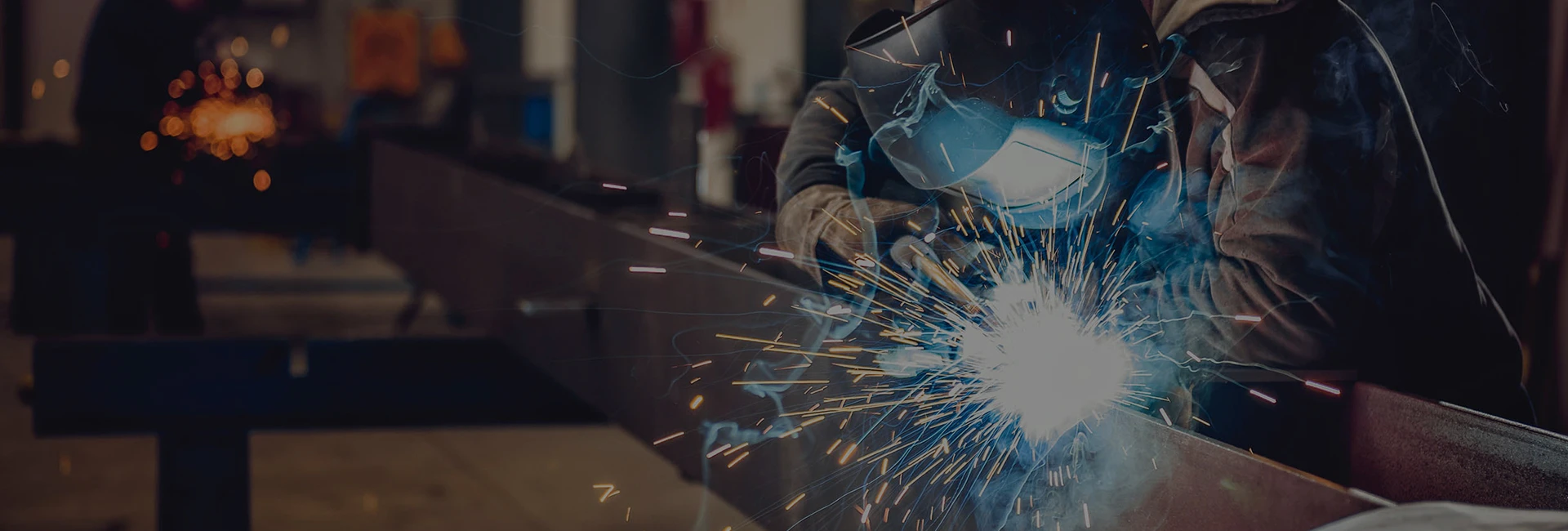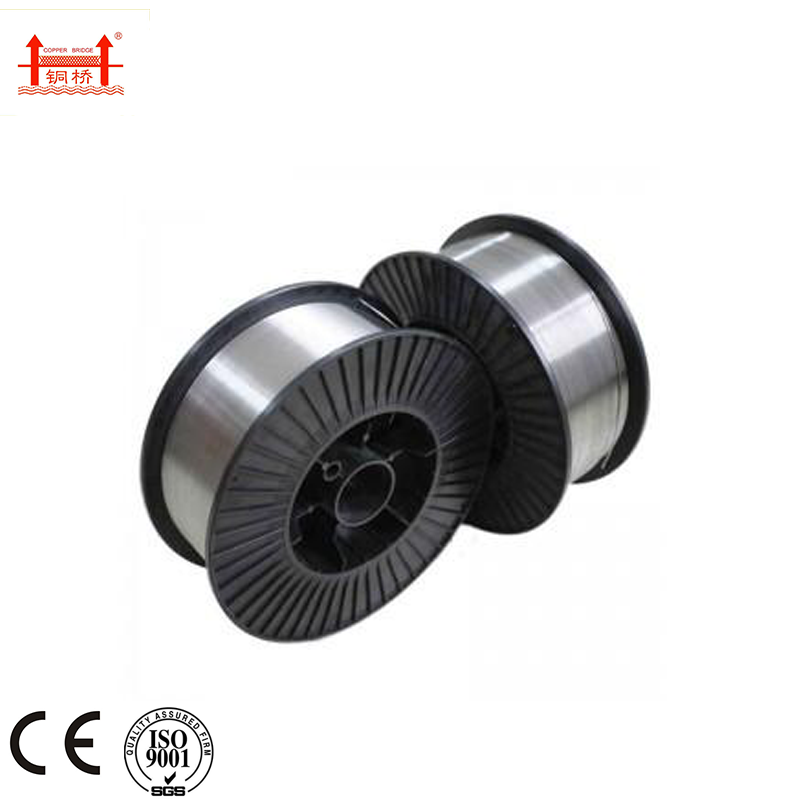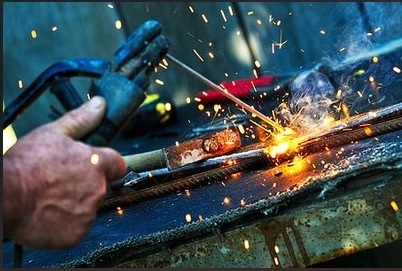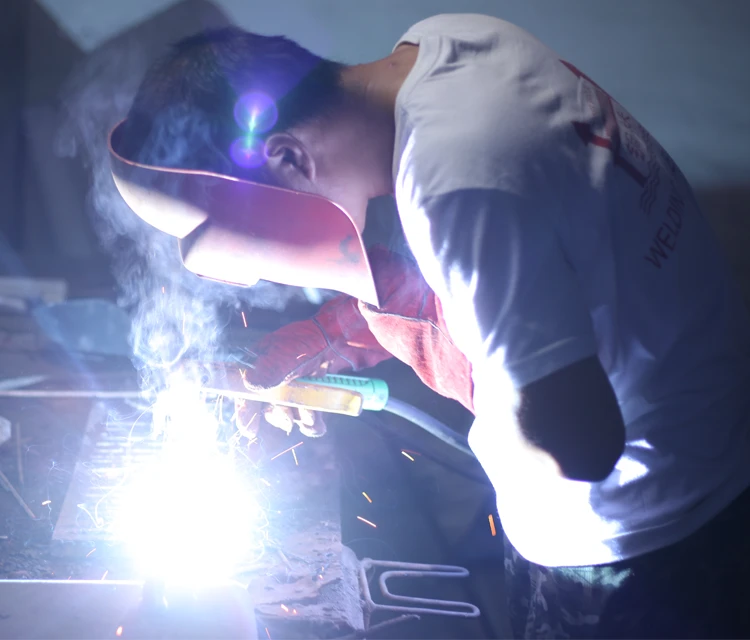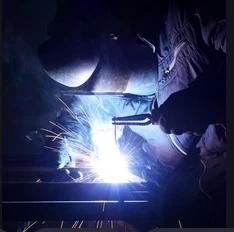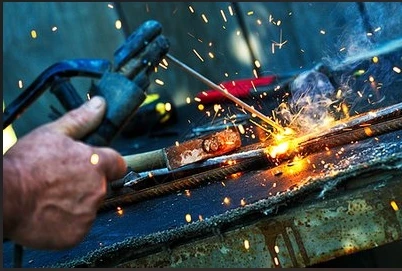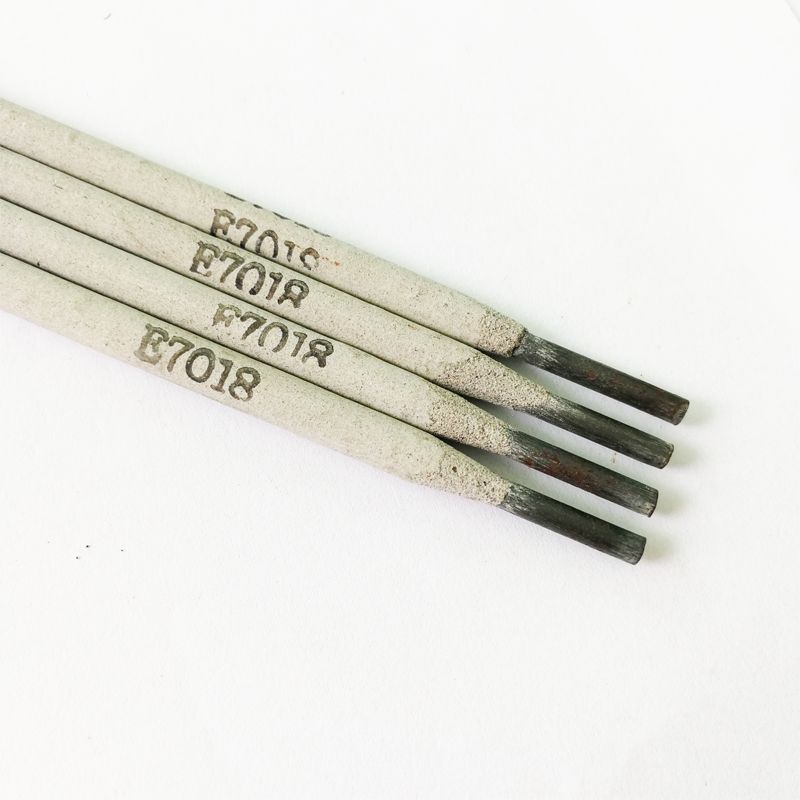Flux Cored Welding Wire Improves Efficiency
Ago . 29, 2025 15:40
Flux cored welding wire represents a monumental leap forward in modern metal joining technology, fundamentally altering fabrication landscapes across diverse industries. This innovative approach encapsulates shielding compounds and deoxidizers within its structure, delivering unparalleled versatility. flux core technology operates independently of external shielding gases, enabling robust welding performance even amidst challenging outdoor conditions like wind, rain, or confined spaces. flux core mig welding harnesses this self-shielding capability to achieve deep penetration on thick, contaminated, or rusty materials at significantly accelerated travel speeds compared to traditional methods. The profound impact of these technologies extends across shipbuilding, structural steel erection, pipeline construction, heavy machinery repair, and mining equipment fabrication, driving unprecedented efficiency gains, cost reductions, and quality improvements. Mastering the intricacies of flux cored welding wire y flux core mig welding unlocks new levels of productivity and weld integrity, transforming complex industrial challenges into streamlined, reliable processes that withstand the test of time and stress.
Fundamental Principles Governing flux cored welding wire
Flux cored welding wire operates on a sophisticated principle where a thin metallic sheath envelops a precisely formulated powdered flux core. This ingenious tubular design differentiates it fundamentally from solid welding wires. During the intense heat of the welding arc, the flux core performs multiple critical functions simultaneously: it generates a protective gaseous shield that displaces atmospheric contaminants like oxygen and nitrogen, forms a molten slag layer that shields the solidifying weld metal, stabilizes the arc for consistent energy transfer, introduces essential alloying elements to enhance mechanical properties, and actively deoxidizes the weld pool to scavenge impurities. The composition of the flux core is meticulously engineered for specific applications; rutile-based formulations prioritize smooth arc characteristics and easy slag removal, while basic or lime-fluoride systems focus on achieving exceptional toughness and crack resistance, particularly in high-strength, low-alloy steels. Selecting the correct flux cored welding wire diameter is paramount, as it directly dictates the optimal amperage range, deposition rate, and penetration profile. Furthermore, strict storage protocols for flux cored welding wire in moisture-controlled environments are non-negotiable to preserve the reactivity and effectiveness of the flux core, preventing issues like hydrogen-induced cracking or erratic arc behavior that compromise weld quality and structural integrity.
Critical Metallurgical Contributions of the flux core
El flux core is the powerhouse driving the superior performance of flux cored welding wire, delivering indispensable metallurgical benefits far beyond simple shielding. Its primary function involves aggressive deoxidation, utilizing elements like silicon, manganese, aluminum, and titanium to combine with oxygen present in the weld pool or on contaminated base metal surfaces, forming stable oxides that float into the slag. This capability allows flux core mig welding to tolerate light rust, mill scale, or minor surface coatings without extensive pre-cleaning, dramatically reducing preparatory labor. Beyond deoxidation, the flux core introduces vital alloying elements directly into the molten metal. Chromium and molybdenum enhance corrosion resistance and high-temperature strength, nickel significantly improves low-temperature toughness and crack resistance, while vanadium refines grain structure. The flux core composition also meticulously controls the viscosity and surface tension of the molten slag, ensuring optimal coverage during welding and facilitating clean, easy detachment post-weld. Specific flux core formulations incorporate metal powders like iron to substantially boost deposition rates, making them indispensable for high-productivity applications like structural fabrication or large-diameter pipe welding. The slag formed from the flux core also plays a crucial role in shaping the weld bead profile and controlling heat input, contributing significantly to the overall quality and appearance of the finished weld.
Operational Advantages of flux core mig welding Systems
Flux core mig welding stands as the preeminent choice for demanding industrial applications, particularly where environmental challenges or thick materials prevail. Its defining characteristic is self-sufficiency; the flux core generates its own protective atmosphere, eliminating the need for cumbersome external gas cylinders and regulators. This inherent wind resistance makes flux core mig welding exceptionally reliable for outdoor construction sites, bridge repair, shipyards exposed to sea breezes, or pipeline right-of-ways traversing open terrain. The process achieves remarkably deep penetration profiles, often outperforming solid wire MIG welding at comparable amperages, enabling robust fusion on thick sections while minimizing the risk of lack-of-fusion defects. flux core mig welding accommodates significantly higher travel speeds than shielded metal arc welding or conventional gas-shielded MIG, drastically reducing project timelines and labor costs. Its tolerance for surface contaminants like rust or mill scale translates into substantial time savings by bypassing extensive grinding or chemical cleaning stages. Continuous wire feed capability inherent in flux core mig welding systems minimizes downtime associated with electrode changes, boosting overall equipment effectiveness. Industries prioritize flux core mig welding for critical infrastructure projects—high-rise steel frameworks, pressure vessels, offshore platforms—due to its consistent performance, deep penetration, and resilience against variable atmospheric conditions that would compromise other processes. Modern flux core mig welding power sources often feature advanced waveform control and voltage-sensing feeders, further enhancing arc stability and bead consistency on uneven or poorly fit joints.
Strategic Selection of flux cored welding wire Specifications
Choosing the optimal flux cored welding wire demands careful consideration of multiple interrelated factors to ensure weld performance meets or exceeds application requirements. American Welding Society classification codes provide the essential roadmap.Evaluating the flux core formulation is critical. Rutile-based flux core wires generally offer smoother arcs and easier restrikes, ideal for general fabrication. Basic or metal-cored flux core variants provide higher deposition rates and superior mechanical properties, particularly notch toughness, making them suitable for high-stress structural applications or low-temperature service.
FAQS about Addressing Core flux core mig welding Concerns
What specific conditions make flux core mig welding the superior choice over solid wire MIG?
Flux core mig welding excels decisively in outdoor environments prone to wind interference, on thick sections requiring deep penetration, on metals with light surface contamination where pre-cleaning is impractical, and in high-productivity scenarios demanding maximum deposition rates achievable only with specific flux cored welding wire formulations. The self-shielding nature of the flux core eliminates gas-related issues entirely.
How does flux cored welding wire perform on galvanized steel or aluminized surfaces?
Specialized flux cored welding wire formulations incorporate enhanced deoxidizers like aluminum, titanium, or zirconium specifically designed to manage zinc or aluminum vapors common on coated steels. While these wires significantly reduce porosity risks compared to standard solid wires, flux core mig welding on galvanized materials still necessitates exceptional ventilation to protect the welder from potentially hazardous fumes generated when the coating vaporizes under the intense heat of the arc.
What are the primary mechanisms by which the flux core enhances weld metal properties?
El flux core actively introduces vital alloying elements directly into the molten weld pool during the flux core mig welding process. Elements like nickel, chromium, molybdenum, or vanadium dissolve into the metal, elevating yield strength, tensile strength, hardness, corrosion resistance, or low-temperature toughness without requiring expensive pre-alloyed base metals or subsequent post-weld heat treatment. The flux core also refines the microstructure through slag interactions.
Can flux core mig welding effectively handle root passes on critical pipe joints?
Advanced flux core mig welding techniques, particularly using gas-shielded flux cored welding wire like E71T-1GS, can produce high-quality root passes on pipe. However, achieving flawless root bead contour and penetration consistency often requires meticulous parameter optimization and welder skill. In high-integrity pipeline applications requiring exceptionally smooth internal bead profiles, cellulosic stick electrodes might still be preferred for the root pass, followed by flux core mig welding for fill and cap passes to maximize productivity.
Why is meticulous storage absolutely critical for unused flux cored welding wire?
Flux cored welding wire is inherently hygroscopic; the powdered flux core readily absorbs moisture from humid air. Absorbed moisture decomposes under welding arc heat, releasing hydrogen into the weld metal. This dissolved hydrogen dramatically increases the risk of severe, delayed hydrogen-induced cracking, particularly in high-strength steels or restrained joints. Moisture also destabilizes the arc and degrades slag detachability. Consequently, storing flux cored welding wire in original, unopened, moisture-proof packaging until use or in heated, low-humidity storage cabinets is essential.
Elevate your welding operations to unparalleled levels of efficiency, reliability, and quality with our comprehensive range of premium flux cored welding wire solutions.Our dedicated technical support team possesses deep expertise in flux core mig welding applications, offering personalized consultations, detailed parameter recommendations, and proactive troubleshooting to optimize your specific processes. Partner with us to access competitive bulk pricing structures, just-in-time delivery options tailored to your project flow, and exclusive access to our latest high-deposition, low-spatter flux core technologies. Visit our state-of-the-art manufacturing and demonstration facility to experience firsthand the transformative power of our flux cored welding wire portfolio, or explore our extensive digital catalog showcasing our complete product ecosystem. Transform your most challenging welding scenarios into showcases of strength and precision. Invest in the proven performance and unwavering reliability that defines our flux core solutions—where every weld is a testament to engineered excellence. Choose us as your indispensable partner in fabrication success.
Vídeo relacionado



